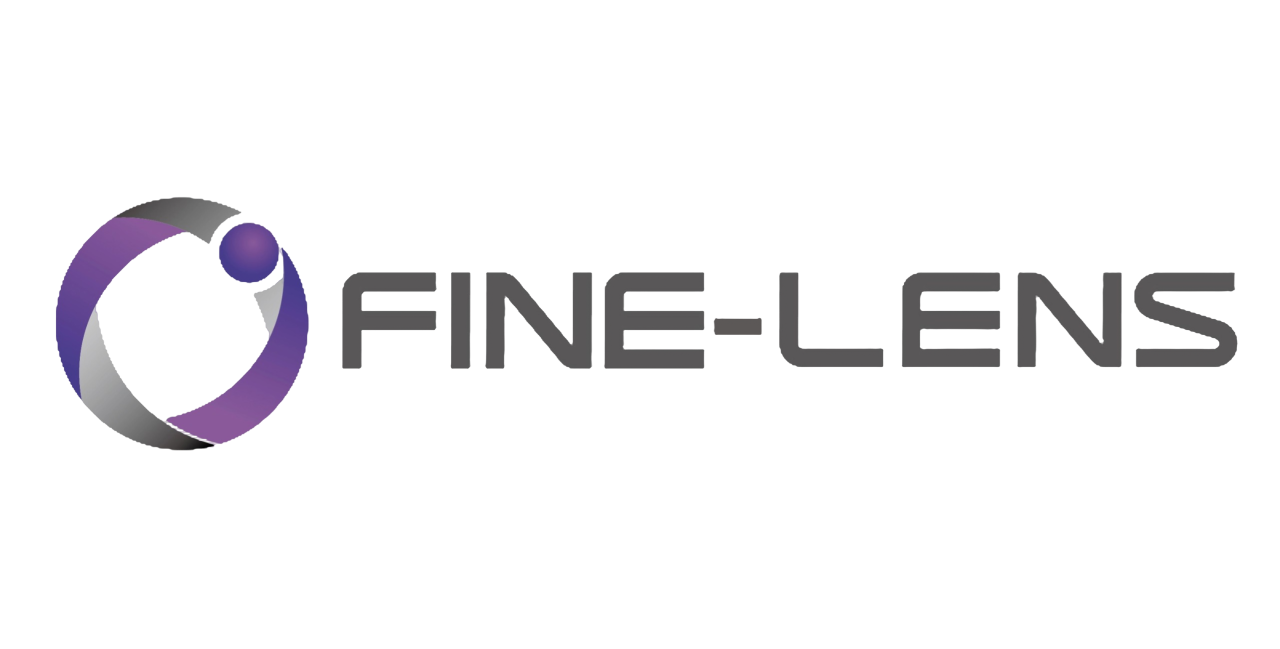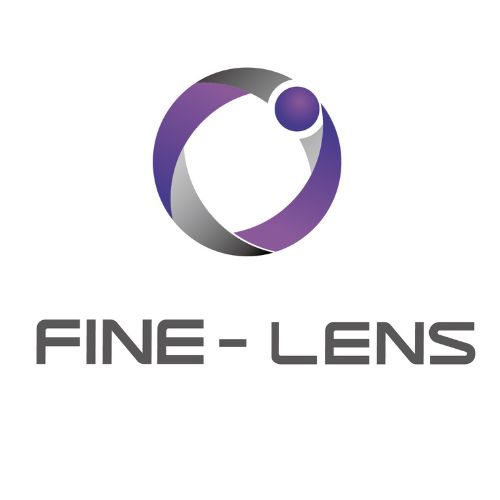
The Synergy Between AOI and Industrial Lenses
Applications and Technological Advancements
Automated Optical Inspection (AOI) and industrial lenses are two pivotal components in modern manufacturing, driving precision, efficiency, and quality control in industries such as electronics, semiconductors, and automotive engineering. AOI systems rely on machine vision to detect defects, measure dimensions, and ensure product consistency, while industrial lenses serve as the “eyes” of these systems, capturing high-fidelity images for analysis. This article explores their interconnected roles, technological synergies, and real-world applications.
- AOI: Core Principles and Industrial Requirements
AOI systems utilize optical imaging, algorithms, and automation to inspect products at micro- and macro-levels. Unlike manual inspection, AOI achieves rapid, repeatable, and objective quality assessments, which are critical for high-volume production lines. Key applications include:
- PCB and semiconductor manufacturing: Detecting soldering defects, misalignments, or micro-cracks.
- Automotive and renewable energy: Ensuring component integrity in batteries, solar panels, and electronic assemblies.
- Pharmaceuticals and packaging: Verifying labeling accuracy and seal integrity.
For AOI to function effectively, it requires high-resolution imaging, low distortion, and consistent lighting conditions—all heavily dependent on the performance of industrial lenses.
- Industrial Lenses: Enabling Precision in AOI Systems
Industrial lenses are engineered to meet the rigorous demands of AOI, differing from conventional lenses in three key aspects:
- a) Optical Performance
- High Resolution and Low Distortion: Industrial lenses, particularly telecentric lenses, minimize perspective errors and geometric distortions, ensuring accurate measurements for AOI tasks like solder joint inspection or component alignment.
- Depth of Field and Stability: Lenses with adjustable apertures and robust mechanical designs maintain focus across uneven surfaces, which is critical for inspecting 3D objects or textured materials.
- b) Integration with Machine Vision Systems
Modern AOI systems combine lenses with smart cameras, AI algorithms, and edge computing to enable real-time defect classification. For example:
- AI-driven inspection: Industrial lenses feed high-quality images to deep learning models, which identify subtle defects (e.g., micro-cracks in semiconductors) that evade traditional rule-based algorithms.
- Multi-spectral imaging: Lenses compatible with UV or IR wavelengths expand AOI capabilities to detect invisible flaws in materials like glass or polymers.
- c) Industry-Specific Customization
- Semiconductor manufacturing: Ultra-precision lenses with sub-micron resolution are used to inspect wafer patterns and lithography alignment.
- Electronics assembly: Compact lenses with wide fields of view (FoV) scan PCBs rapidly without sacrificing detail.
- Case Studies: AOI and Lens Innovations in Action
- PCB Inspection
In PCB production, AOI systems equipped with telecentric lenses detect soldering defects (e.g., bridging or voids) by capturing distortion-free images of solder joints. For instance, lenses from brands like our Fine-Lens(Suzhou Jiachen Photonics)achieve <0.04% distortion, ensuring seamless image stitching for large-area inspections.
- b) Semiconductor Defect Detection
AOI systems in semiconductor fabs use high-magnification lenses to identify nanoscale defects on silicon wafers. Integrated with AI, these systems classify defects (e.g., particles or scratches) and correlate them with process parameters, enabling rapid root-cause analysis.
- c) Automotive Component Verification
In automotive electronics, AOI inspects connectors and sensors using lenses optimized for high-contrast and low-light environments. For example, telecentric lenses ensure consistent measurements of gear teeth or connector pins, even under challenging lighting.
- Challenges and Future Trends
- a) Technical Challenges
- Balancing Speed and Precision: High-speed production lines demand lenses with fast autofocus and minimal latency while maintaining imaging quality.
- Cost vs. Performance: Advanced lenses (e.g., telecentric) are expensive, limiting adoption in cost-sensitive industries.
- b) Emerging Innovations
- Hybrid Lens-Sensor Systems: The Integration of lenses with embedded AI processors (e.g., Baumer’s IXG cameras) reduces reliance on external computing, streamlining AOI workflows.
- Adaptive Optics: Lenses with dynamically adjustable focal lengths or apertures will enable AOI systems to inspect diverse product geometries without hardware reconfiguration.
Conclusion
The synergy between AOI and industrial lenses lies at the heart of Industry 4.0’s vision for “smart factories.” As AOI evolves toward greater autonomy and intelligence, advancements in lens technology—such as AI integration, multi-spectral capabilities, and ultra-low distortion—will continue to redefine manufacturing quality standards. Events like VisionChina Shanghai 2025 (March 26–28, Shanghai New International Expo Centre) will spotlight these innovations, offering a platform for industry leaders to collaborate on next-generation solutions. Fine-Lens (Suzhou Jiachen Photonics) will also participate in this exhibition. Our booth number is W4 Hall 4103. You are warmly invited to visit us.
By bridging optical engineering and automation, AOI and industrial lenses not only enhance production efficiency but also pave the way for breakthroughs in fields like robotics, renewable energy, and beyond.

